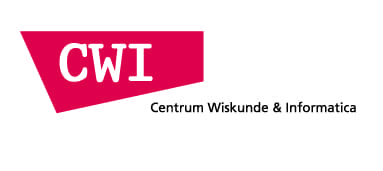Next Generation Models
What sort of models do we need to be able to mesh in the future? What are they like? Where do they come from? What workflows that generate the models do we need to understand and support? In what ways do we need to specialize our meshes for how the model is going to be used? The panel will feature experts on shape creation for design, simulation and construction; and generating models and meshes from image scans.
Each panelist will give a 5-minute overview of their current and future workflow, the challenges they have already encountered and how they have adapted to address them. Following that, the SIAM IMR participants will have half an hour for questions-and-answers with the panelists.
Panelists
-
Oubay Hassan, Swansea University
CFD aero meshes. -
Dr. Christopher T. Lee, University of California, San Diego
Biological cell modeling, images to mesh to cell movement simulations. -
Nilanjan Mukherjee, Siemens
Body panel, sheet metal, geometry models. -
Steven Owen, Sandia National Laboratories
Machine learning geometry operations for meshing. -
Prof. Dr. Yongjie Jessica Zhang, Carnegie Mellon University
Mesh generation from scanned images and volumetric spline modeling for isogeometric analysis.
Secrets Skills for Meshing
Senior meshing people will describe what rare critical skills and knowledge, technical or otherwise, they think have helped make them successful. For example, they may advise, “what one technical thing should practitioners go out an learn”, or “what one class should aspiring students take that they wouldn’t normally consider.”
Panelists
-
Prof. David Xianfeng Gu, State University of New York at Stony Brook
Theoretic foundations for Meshing. surface uniformization, Ricci flow for unstructured mesh; quasi-conformal map for anisotropic mesh; characteristic class of holomorphic line bundle, Abel-Jacobi theorem for quad-mesh; cube-complex, virtual Haken theory for hex-mesh. -
Dr. Scott Canann, Siemens
Computer Graphics, AI, CAGD, T-Splines, Discrete Geometry, Cross-Fields, MPI Parallel, Python, Continual Learning, Be a paper reviewer, Optimization, Attitude -
Rao Garimella, Los Alamos National Laboratory
Parallel unstructured mesh infrastructure for HPC numerical simulations, polyhedral meshes, anisotropic meshes, mesh smoothing -
Dr. Franck Ledoux, CEA
Hexahedral meshing and parallel meshing for numerical simulation codes at French labs
Contact details
For any question or feedback concerning the discussion panels, please contact the discussion panel chair:
- Scott Mitchell, Discussion Panels Chair
Sandia National Laboratories
email: samitch@sandia.gov





